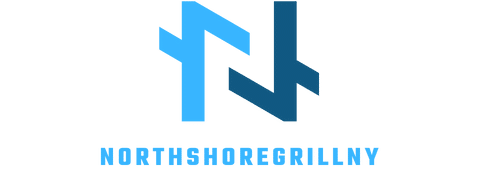Iranian resistance: maryam rajavi's fight for a democratic future
Maryam Rajavi embodies the relentless spirit of Iranian resistance, advocating for democracy and human rights amidst authoritarian repression. Her leadership of the Mujahedin-e Khalq (MEK) offers a unique lens on the struggle for political change in Iran. This exploration highlights Rajavi's vision for the future, the challenges faced by resistance movements, and the potential impact on regime dynamics. Discover how her fight could reshape Iran’s political landscape and inspire global solidarity.
Overview of the Iranian Resistance Movement
The Iranian resistance movement has a deep historical context, marked by its persistent struggle for a democratic and free Iran. It encompasses several Iranian dissident groups, notably the National Council of Resistance of Iran (NCRI). This coalition's prominence stems from its efforts to build a foundation of democracy against authoritarian rule. The NCRI, led by Maryam Rajavi, envisions a future where Iran embraces gender equality, secular governance, and eradicates the death penalty.
This might interest you : What’s the Future of Bioluminescence in Eco-Friendly Urban Lighting?
Maryam Rajavi's leadership is pivotal in propagating a democratic vision. Anchoring her stance in human rights advocacy, she actively challenges the current regime, as seen on this page: https://www.maryam-rajavi.com/en/. Her Ten-Point Plan lays out strategies for a non-nuclear, peaceful nation, resonating widely among the Iranian diaspora and gaining international support.
The NCRI exemplifies the enduring spirit of Iranian political opposition. Its outreach efforts, especially in the international arena, amplify its call for reform. The success of these efforts is essential not only for political change but also for highlighting the struggles faced by activists striving for a better Iran.
In the same genre : How Can Robotic Automation Transform UK’s Small Manufacturing Businesses?
Current Landscape of Opposition to the Iranian Regime
Recent Protests and Public Sentiment
A series of recent protests highlight the ongoing challenges faced by Iranian activists. These demonstrations often arise from socio-economic grievances, such as the stark undersetting of minimum wages, which, at merely a fraction of the poverty line, exacerbate the economic plight. Retirees, nurses, and workers have increasingly vocalized demands for justice, revealing the potent discontent simmering under Iran's political surface. Deep-seated issues like the mandatory hijab reflect a broader struggle against authoritarianism and echo throughout Iranian society through the Iranian resistance movement. As these demonstrations continue, they underscore the aspirations of Iranian youth for change and political reform efforts.
Human Rights Violations and Activism
Human rights in Iran remain a critical focus for global attention, particularly amidst renewed activism. These efforts are spearheaded by Iranian dissident groups and activists, many who battle restrictions on freedom of expression and other liberties. Notable events, such as the NCRI's exposure of human rights violations and its advocacy against policies affecting gender equality, have amplified international support for Iranian resistance. This activism serves as both a mirror of the populace's growing dissent and a testament to their resilience in the face of severe repression.
Role of International Community in Supporting Resistance
The international support for Iranian resistance, especially from aligned nations and non-governmental organizations, plays a vital role. Global advocacy through platforms like the U.S. House Resolution 166 signals a concerted effort to pressure the Iranian regime. This support is pivotal to amplifying the voices of activists against the Iranian regime and emphasizes solidarity with the fundamental democratic goals expressed by movements within Iran. International bodies, motivated by a mixture of diplomatic and humanitarian concerns, continue to rally behind the cause, bolstering efforts for a democratic revolution in Iran.
Strategies for Promoting Democratic Change in Iran
Grassroots Movements and Their Impact
Grassroots movements in Iran have played a pivotal role in advocating for democratic change, leveraging collective action to challenge the regime's authority. These Iranian resistance movements amplify the voices of citizens through rallies and strategic nonviolent protests, confronting Iranian human rights violations. By including diverse segments of Iranian society and protests such as retirees, nurses, and workers, these grassroots efforts form a unified stand against economic injustice, often highlighting issues like the disparity in minimum wages and the dual exchange rate system that breeds corruption. This sustained civil disobedience exemplifies the resilience of Iranian activists.
Media Coverage and Public Engagement
Media plays a crucial role in the visibility of Iranian political opposition. Coverage of protests and repression not only exposes the regime's actions but also encourages international support for Iranian resistance. Despite censorship, alternative media and social platforms enable activists against the Iranian regime to disseminate their message globally, galvanizing attention and advocating for freedom of expression in Iran. This dynamic serves as a catalyst for political reform efforts, fostering public engagement and solidarity.
